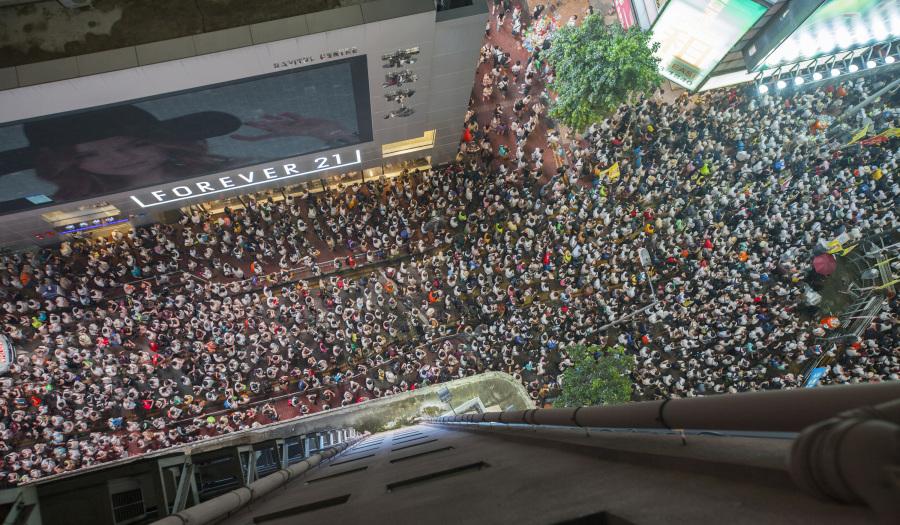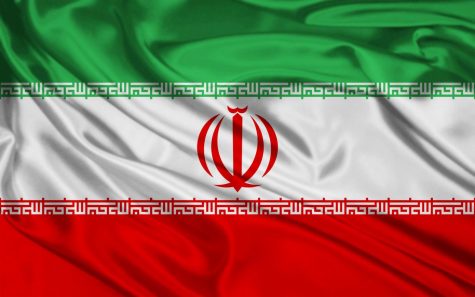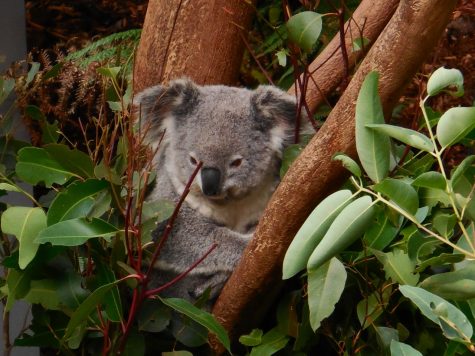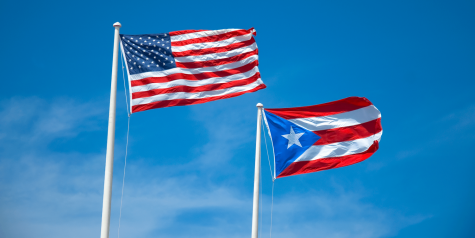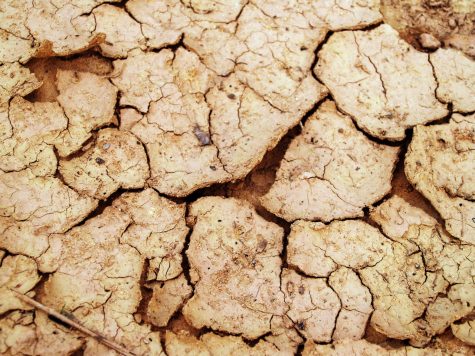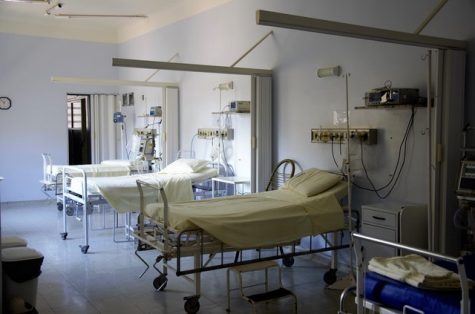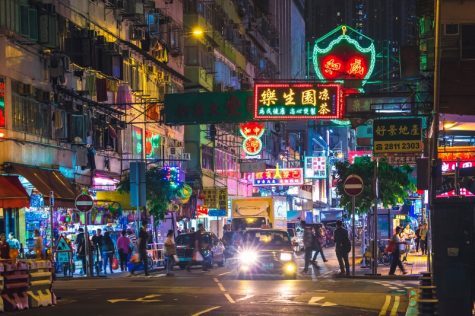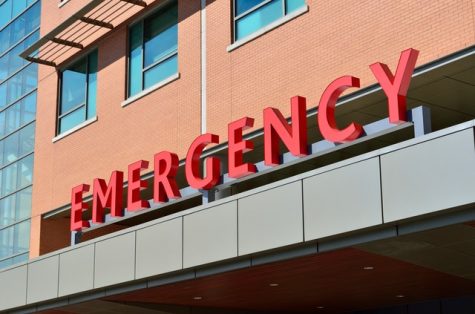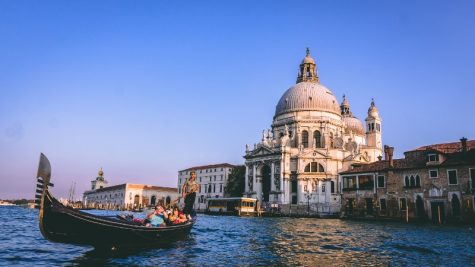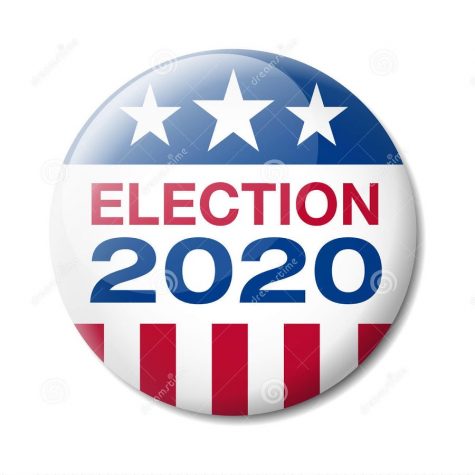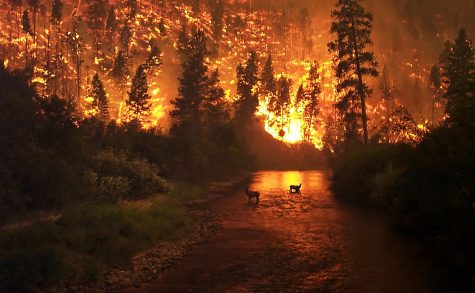Hong Kong 101 + 1
Hong Kong’s ‘Occupying Central with Love and Peace’ ad took over the renowned international media’s headlines in the beginning of September. The atmosphere was fluctuating, as local governments are unwilling to compromise regarding the protesters’ plea – a fastidious democratic election for Hong Kong’s chief executive is promised by the Chinese government during the handover. While some scuffles between the police and occupiers are still rising, this New Dealer reporter is here to elucidate and break down some of your doubts:
What exactly is Hong Kong?
The diminutive city – Hong Kong – was a colony of the United Kingdom before July 1997, for almost 100 years. Now, it is under the sovereignty of China. Hong Kong, however, remains distinct from any other part of China due to the Sino-British Declaration signed between China and the UK in 1987. The agreement implemented ‘One-country-two-systems’ to ensure the stability, prosperity, and distinct features of Hong Kong citizens, who should enjoy the ‘hereditary’ British benefits, such as freedom of speech, a justice system, and legislation structure among numerous others, that they enjoyed during the colonial times. The declaration also noted that Hongkongers shall be granted the right to vote for their chief executives (equivalent to the state governor) when the society and politics mature.
Communist or Capitalist?
The trigger of the protest is simple yet complicated – the Chinese government latched the gate for the initial election plan and proposed another alleged progressive democratic election, suggesting that Hongkongers will cast their votes for the 2 or 3 candidates that the Chinese government considered ‘appropriate’ – patriotic and loyal to the Chinese party.
Why don’t they have democracy now?
The society is split; loyalists or opponents, who either support China or a political group, which focuses mostly on economy and basic livelihood. They go against Occupying Central, who participate in the occupying or the movement and demanded universal suffrage. Newspapers, TV News, radio stations, Facebook, and Instagram are all flooded with feuds and evidence of excessive suppression by force from the HKPD. Pictures were taken by world-wide media and were captioned and named as “The Umbrella Revolution,” an incident during which all protesters used umbrellas to shield themselves from polices’ tear gas bombs and pepper spray.
And most importantly, who, where, and why are they occupying ‘Central’?
Dialogues between student leaders and governors continue, repetitiously. On Tuesday, October 21, representatives of the student leading groups and the government had an open, live-broadcast discussion about Occupying Central and the future development of the Chief Executive election. Dialogues at this point have made no notable progress nor alleviated the society’s outrage. According to the student representatives, the occupation will continue and scuffles are still able to be seen, not only among the crowd, but also between protesters and police, unless Beijing compromises.
This reporter was live at the scene at the onset, and composed the report by adopting information from the following sources: Reuters, CNN International, The New York Times, TVB News.

